Candle carousels date back to the 1800s and originated in Germany. They are thought to have been inspired by windmills. Early versions were very simple, but over time, they became more elaborate with multiple tiers. Today, candle carousels are found around the world as decorations.
The basic structure of a candle carousel is a central column with spinning blades on top. Candles sit underneath the blades which spin when the candles are lit.
How do candle carousels work?
When the candles are lit, they heat the air around them. Hot air rises and pushes the tilted blades sideways, making them spin like a carousel.
This mini candle carousel science project demonstrates convection, forces and motion.
The heat from the burning candles warms the air above them. Hot air is less dense than cold air and rises upwards, creating a current as the warm air rises, cools, and falls.
The hot air current pushes on the tilted blades, pushing them sideways. This creates a rotating force, making the carousel spin.
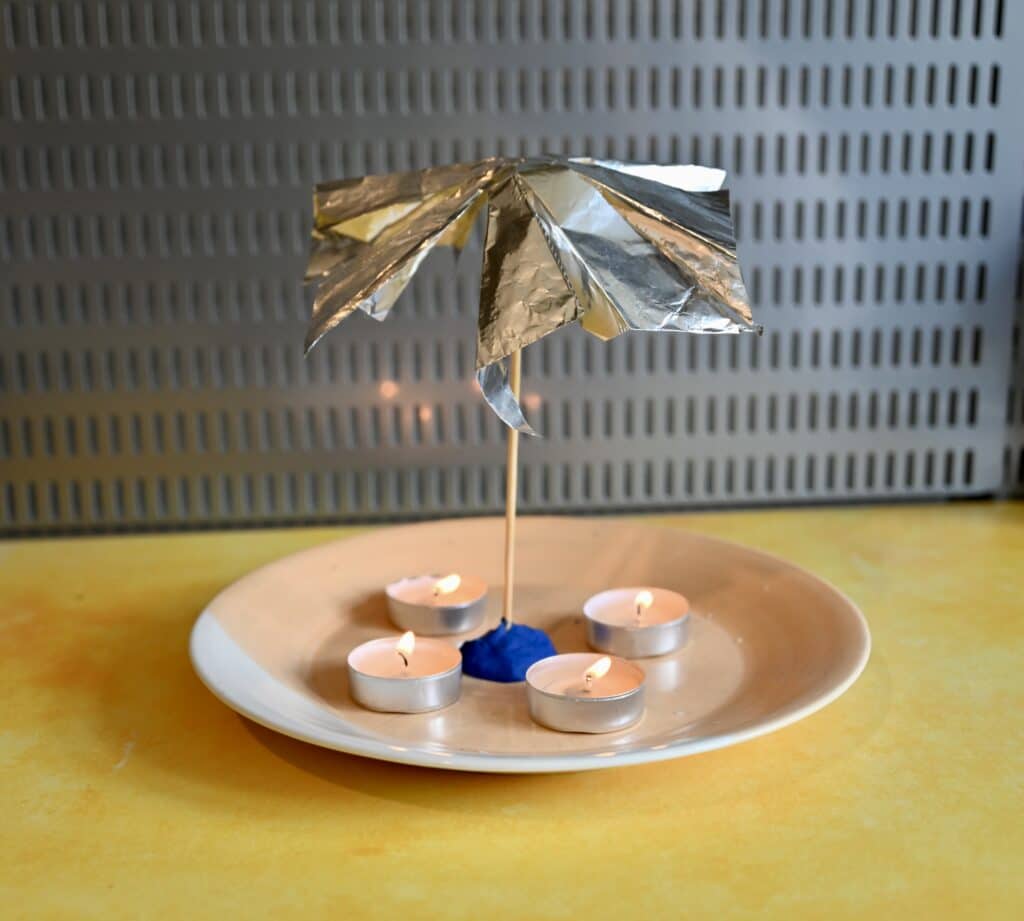
How to make a candle carousel
Small candles, a wooden skewer, play dough, and kitchen foil can be used to make a basic candle carousel. The foil blades will spin when the candles are lit.
THIS ACTIVITY REQUIRES ADULT SUPERVISION
You'll need
Scissors
Kitchen foil
Playdough
Wooden skewer
Heatproof plate
Four small candles
Candle Carousel Instructions
Fold a sheet of kitchen foil in half and trim it to make a square about 15cm x 15cm.
Mark the central point of the square.
Fold the foil in half and then open it up again.
Fold the foil in half the other way and open up again.
Fold diagonally both ways and open up again.
Carefully cut along each fold line to about 1cm from the central point.
Fold a triangle shape along each cut line and half-fold it up to create a tilted blade.
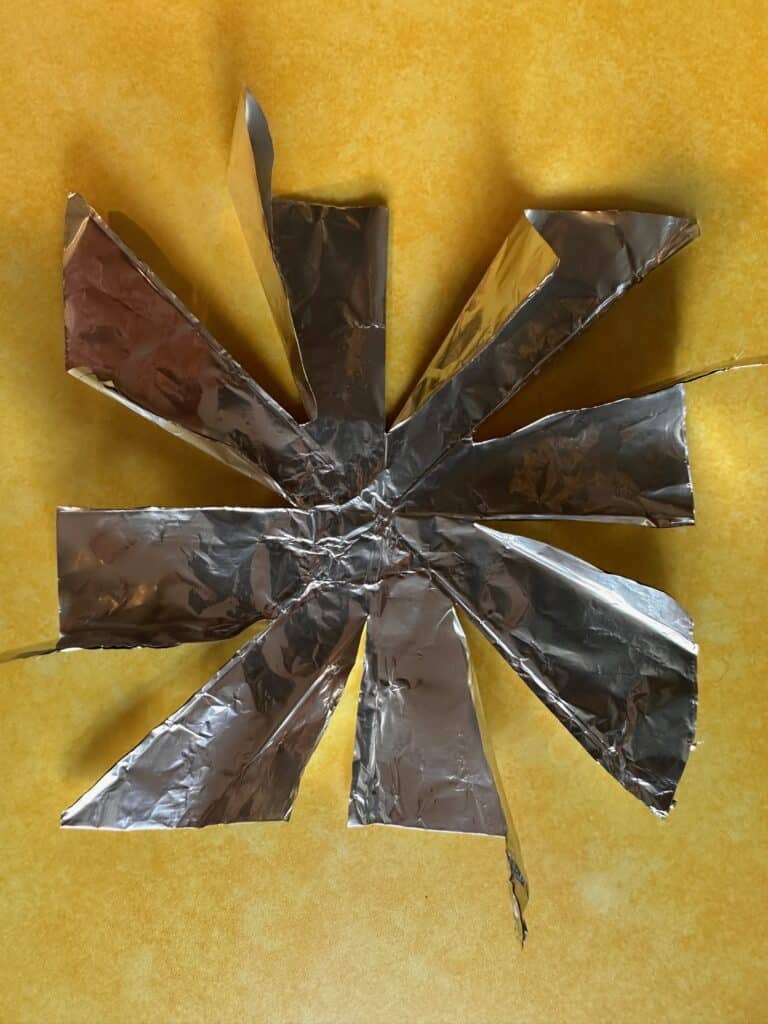
Place a ball of playdough onto the heatproof plate and push it down.
Stick the skewer into the play dough and balance the foil spinner on the top.
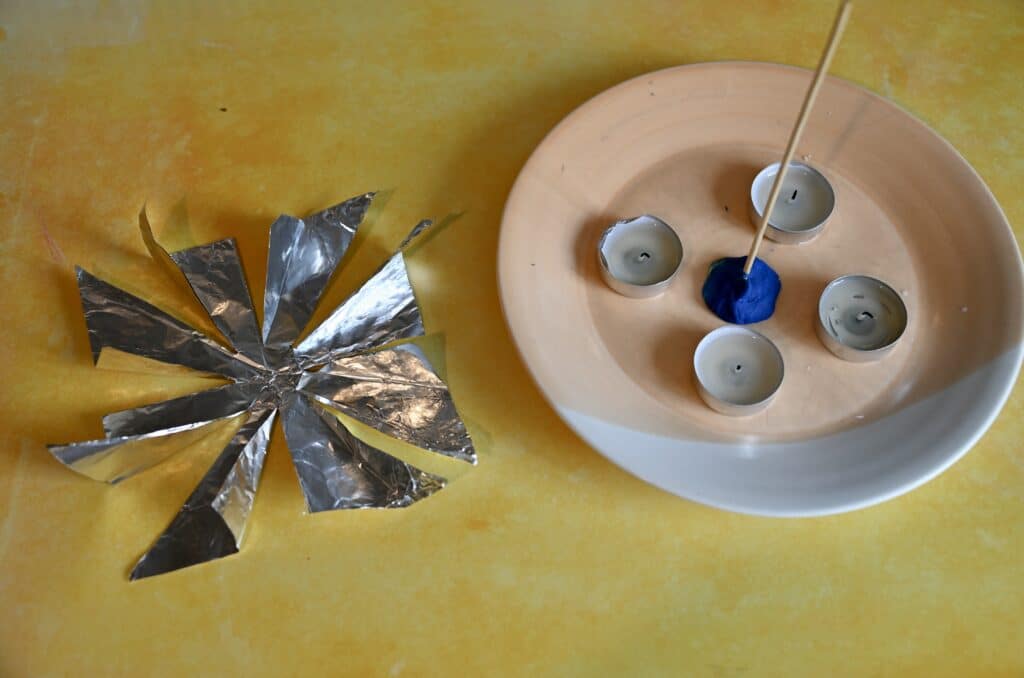
Place four candles evening around the skewer.
Light the candles ( ask an adult ) and watch as the foil spins!
If the foil falls off, attach a small segment of straw to the centre to hold it on the skewer. You might have to use tape to attach the straw, as we found the glue melted!
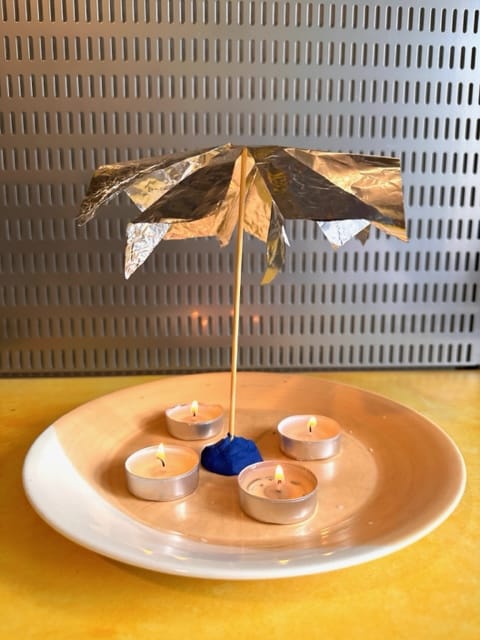
Never leave the candles unattended, and blow them out when you've finished.
Make it an investigation
Remember only to change one variable for an investigation.
Change the shape or angle of the blades.
Experiment with more and fewer candles.
Change the position of the candles.
More ideas for learning about convection
A convection snake is a lovely visual demonstration of hot air rising and cold air taking its place.
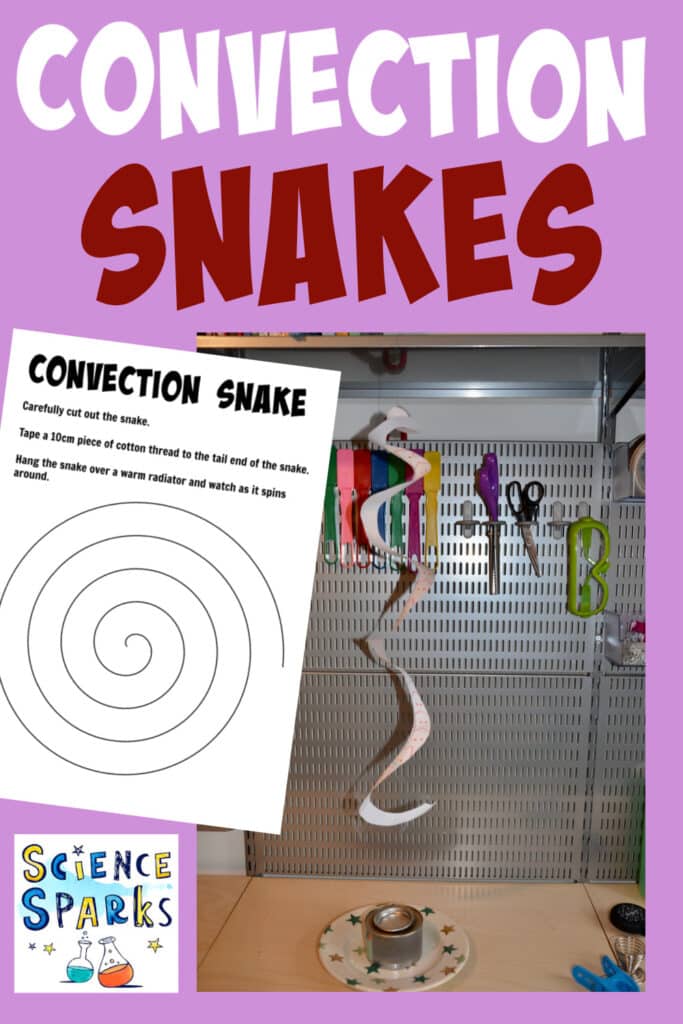
Another way to demonstrate a convection current is to use food colouring and hot and cold water in a vase. The warm red water rises into the cold water.
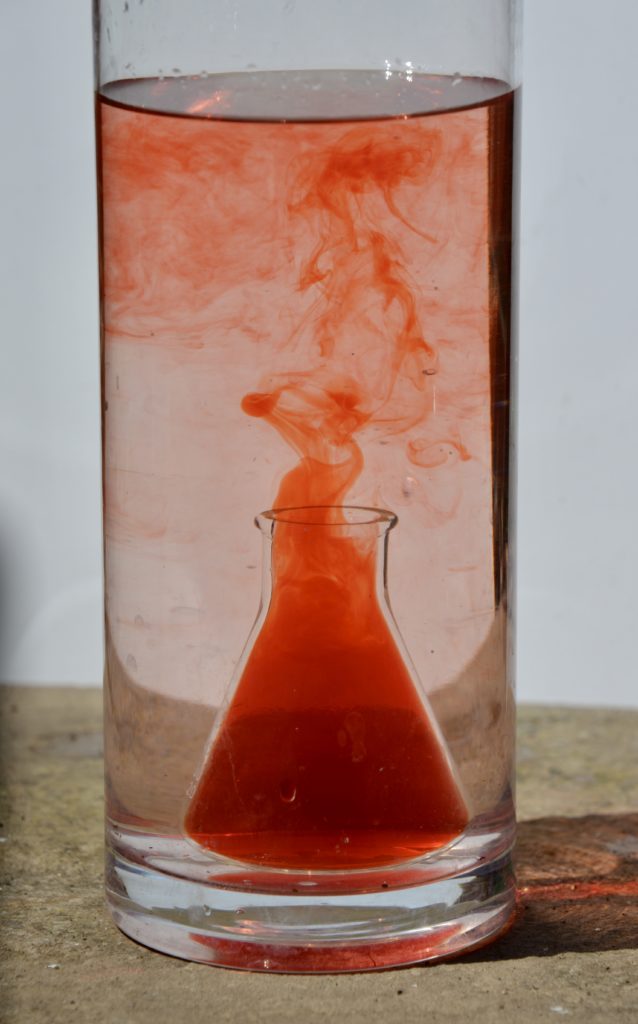
Science concepts
Convection
Heat
Force
Energy
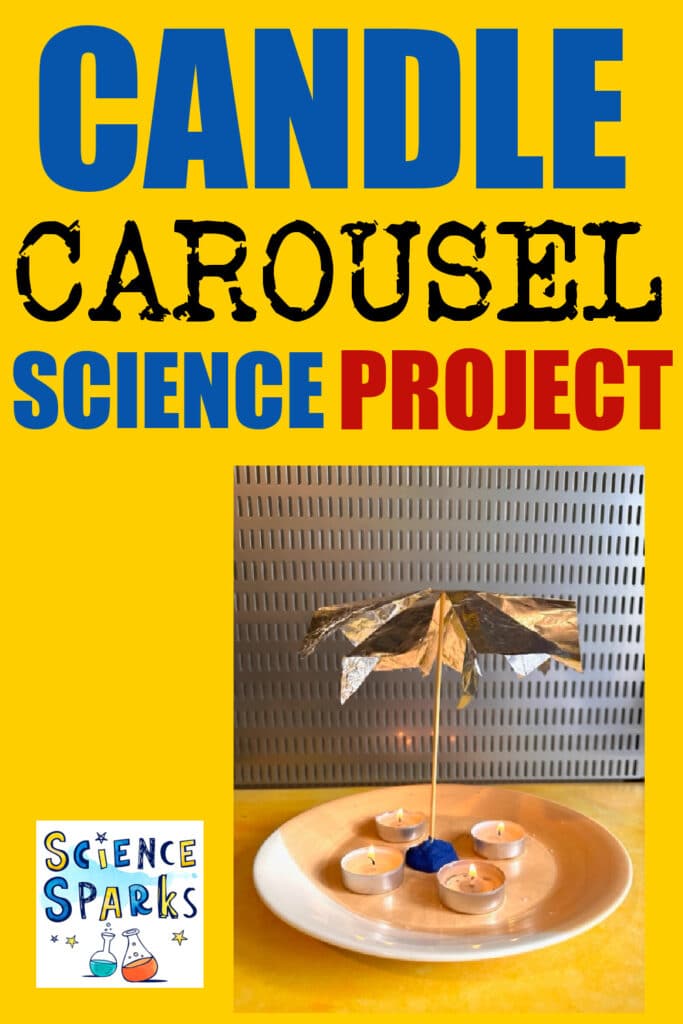
Last Updated on February 12, 2025 by Emma Vanstone
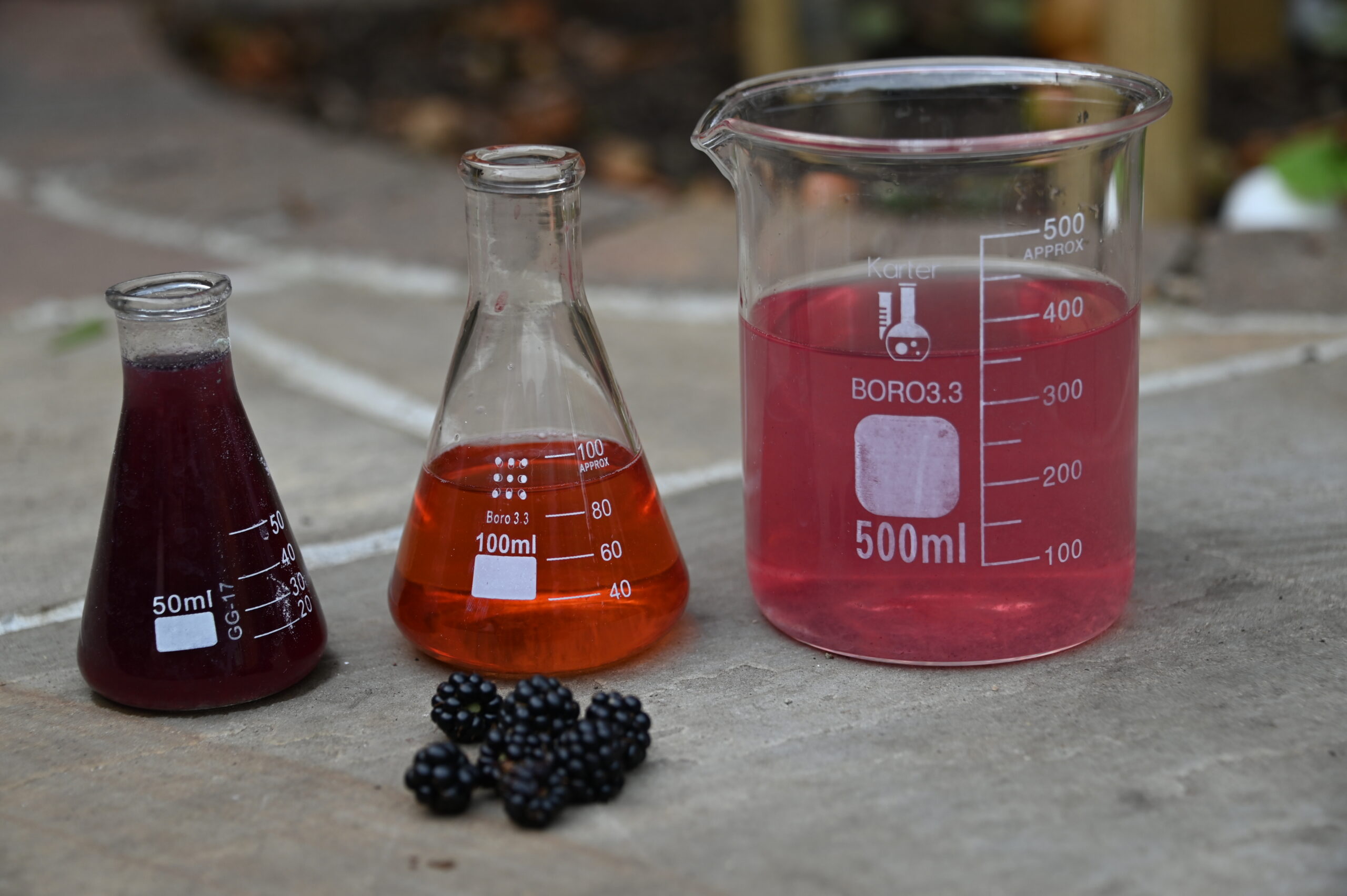
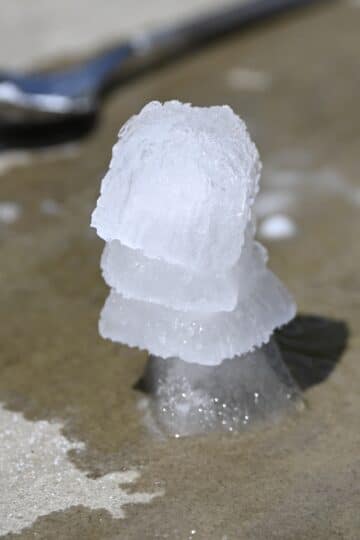
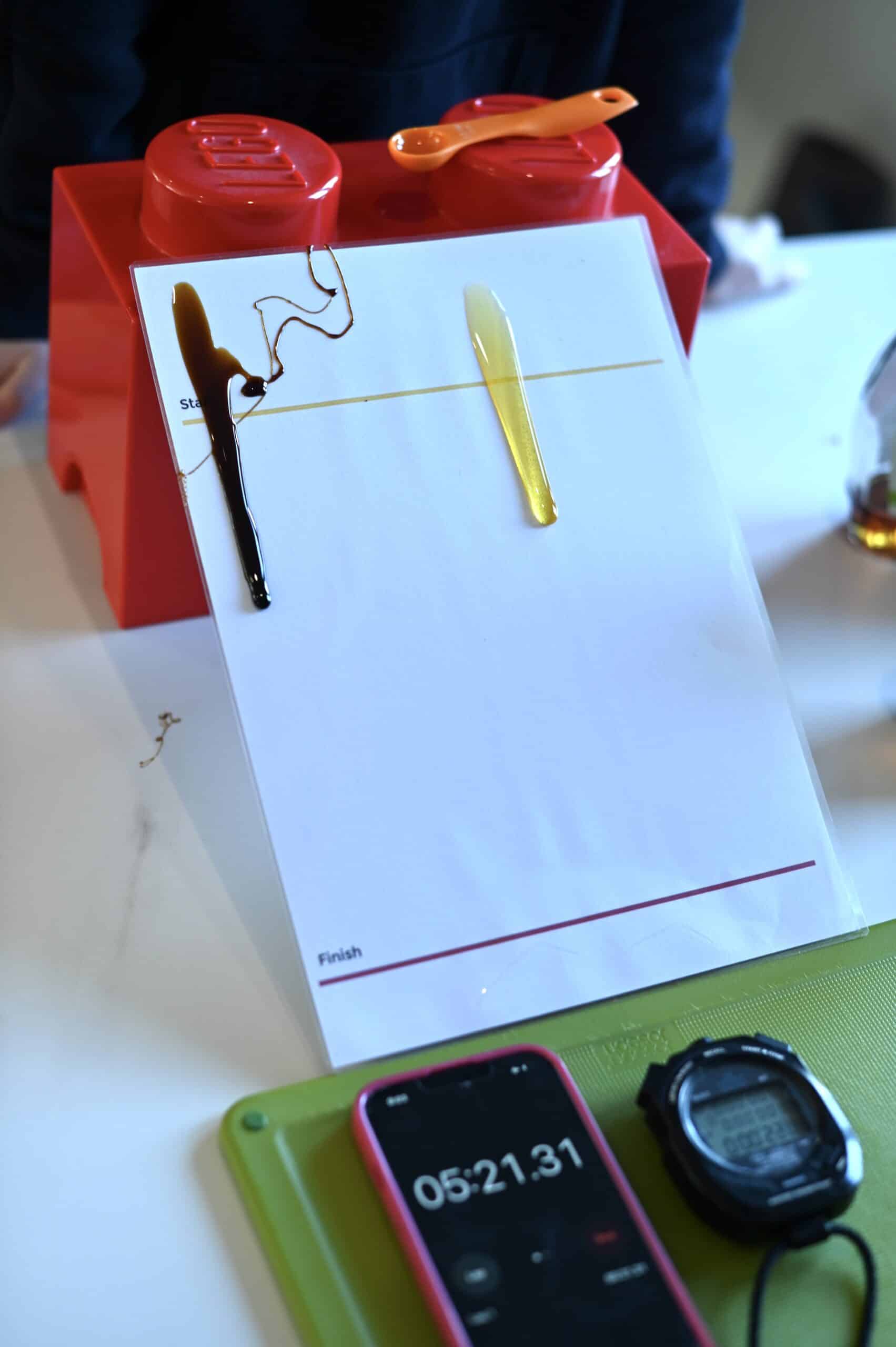
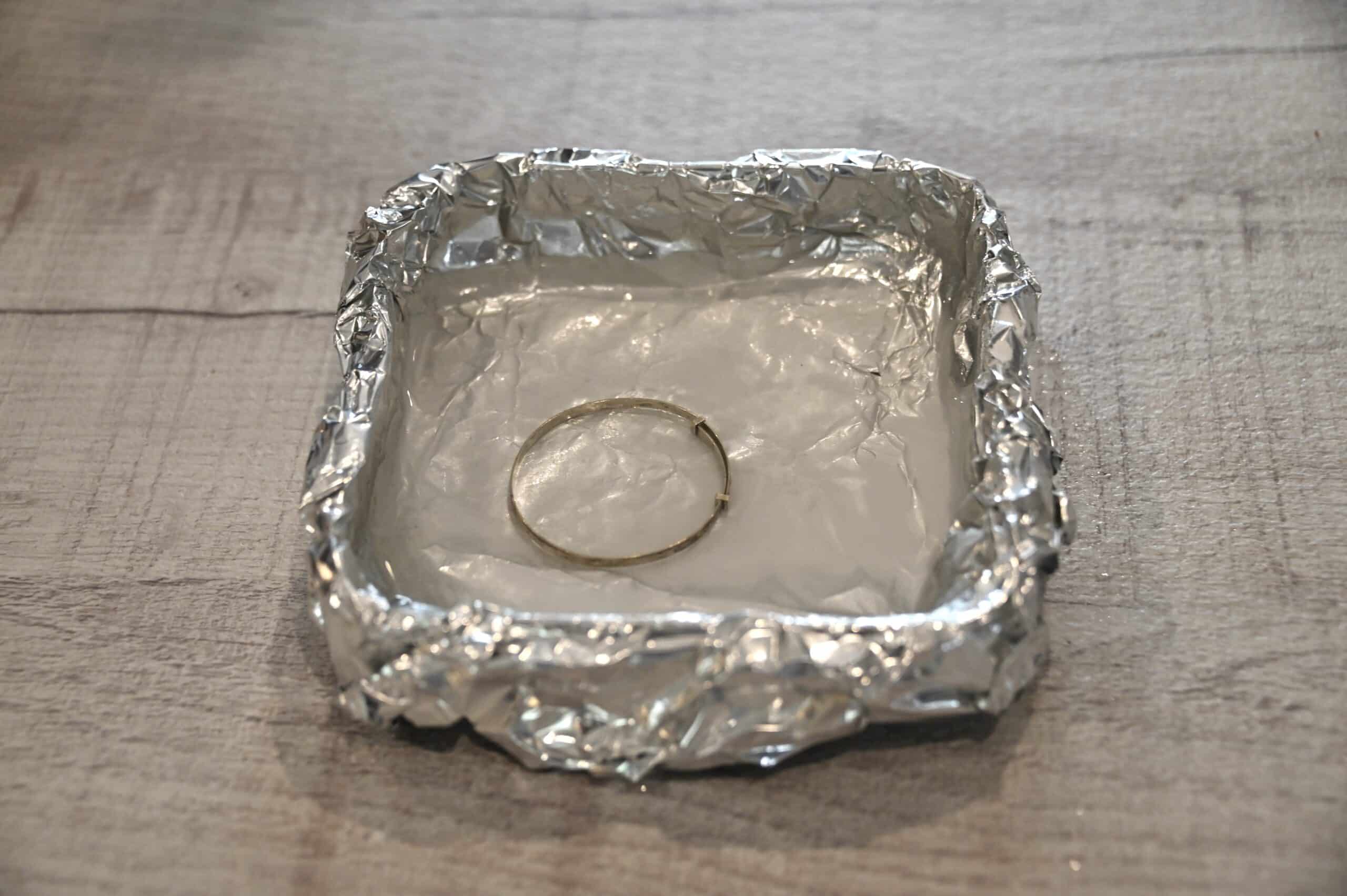
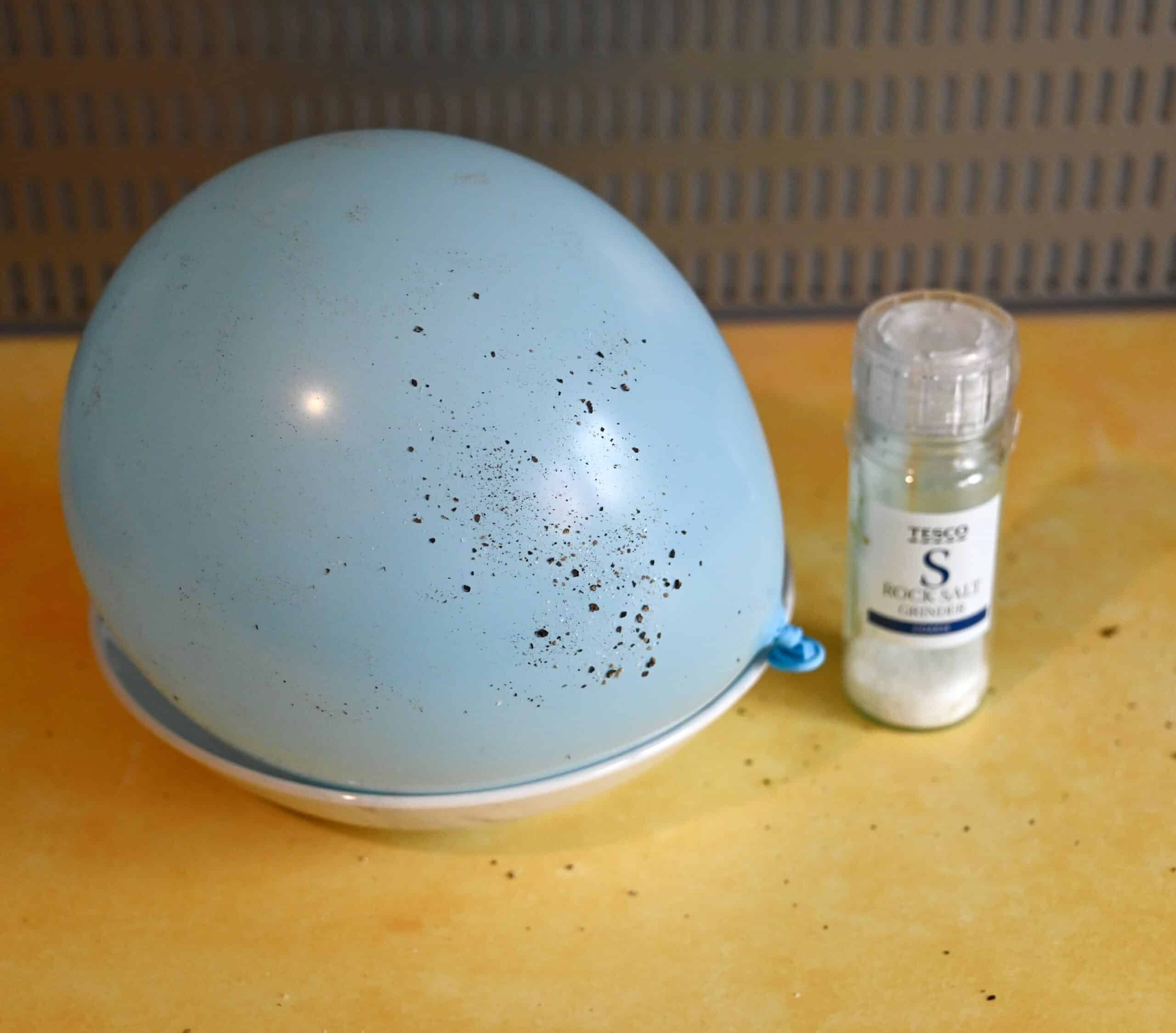
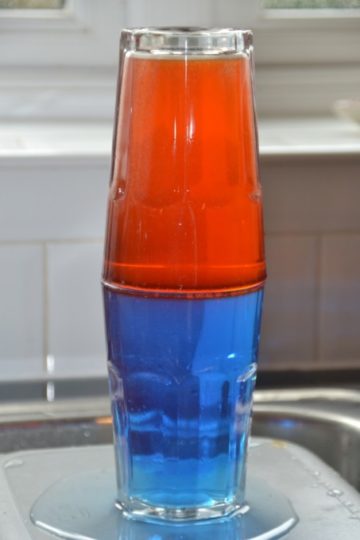
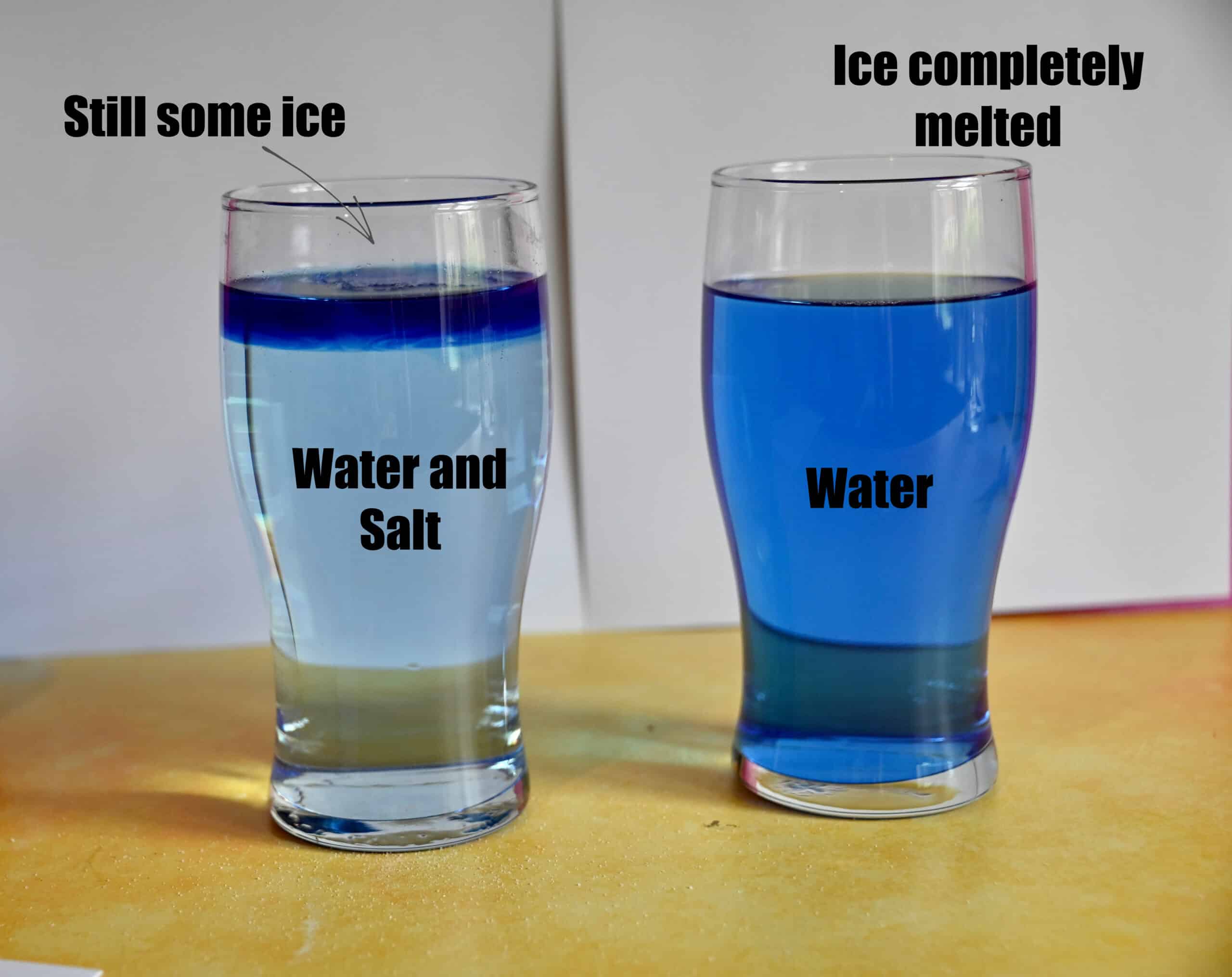
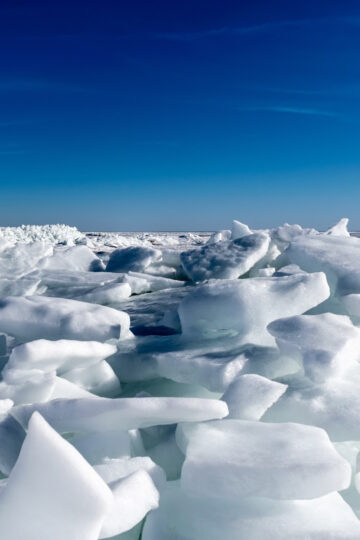
Leave a Reply